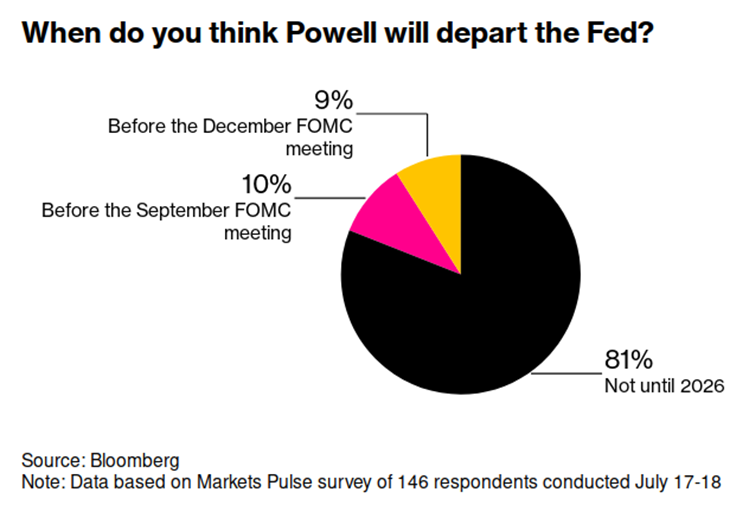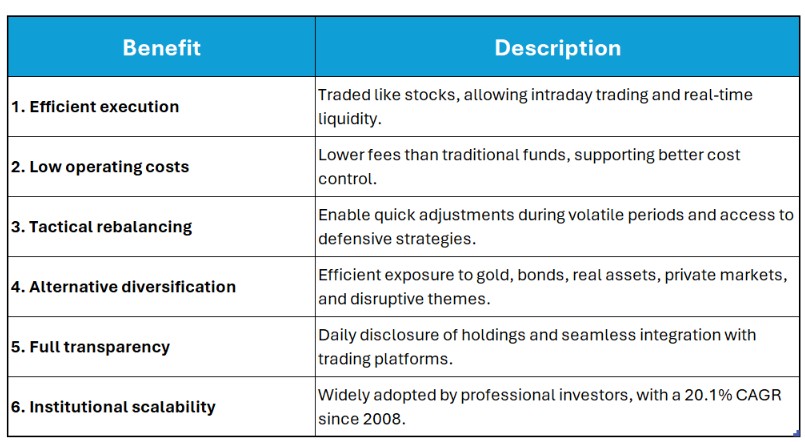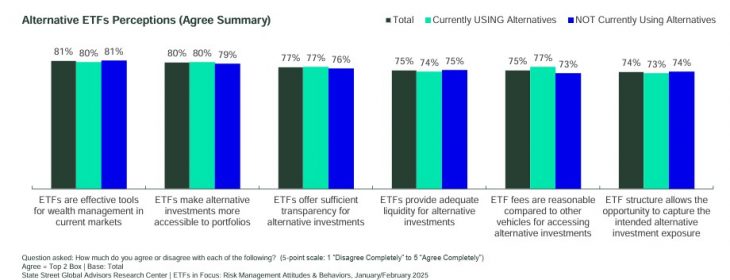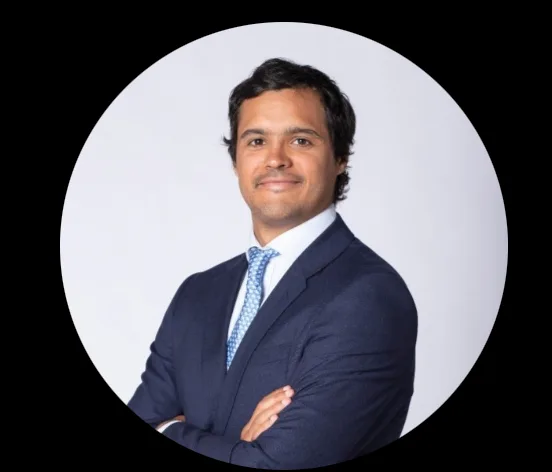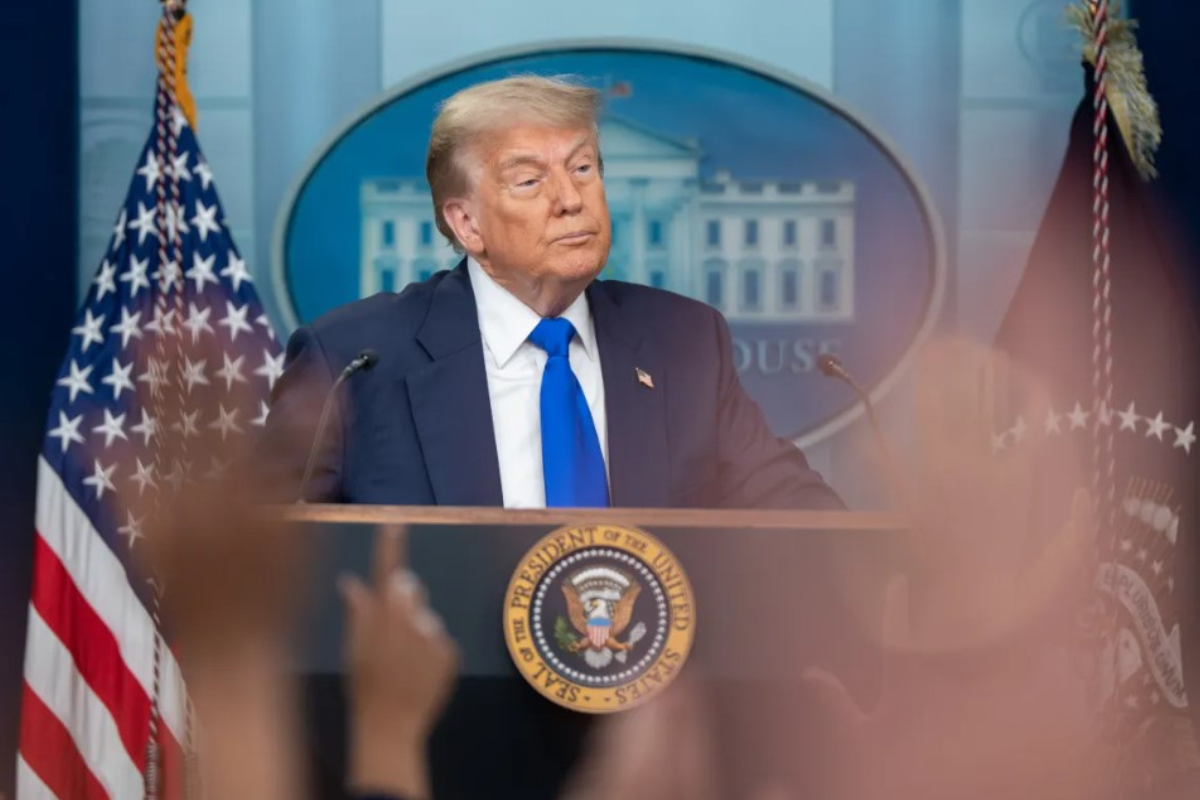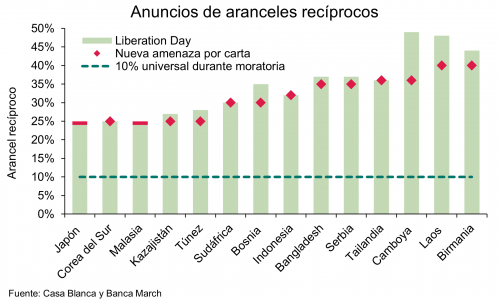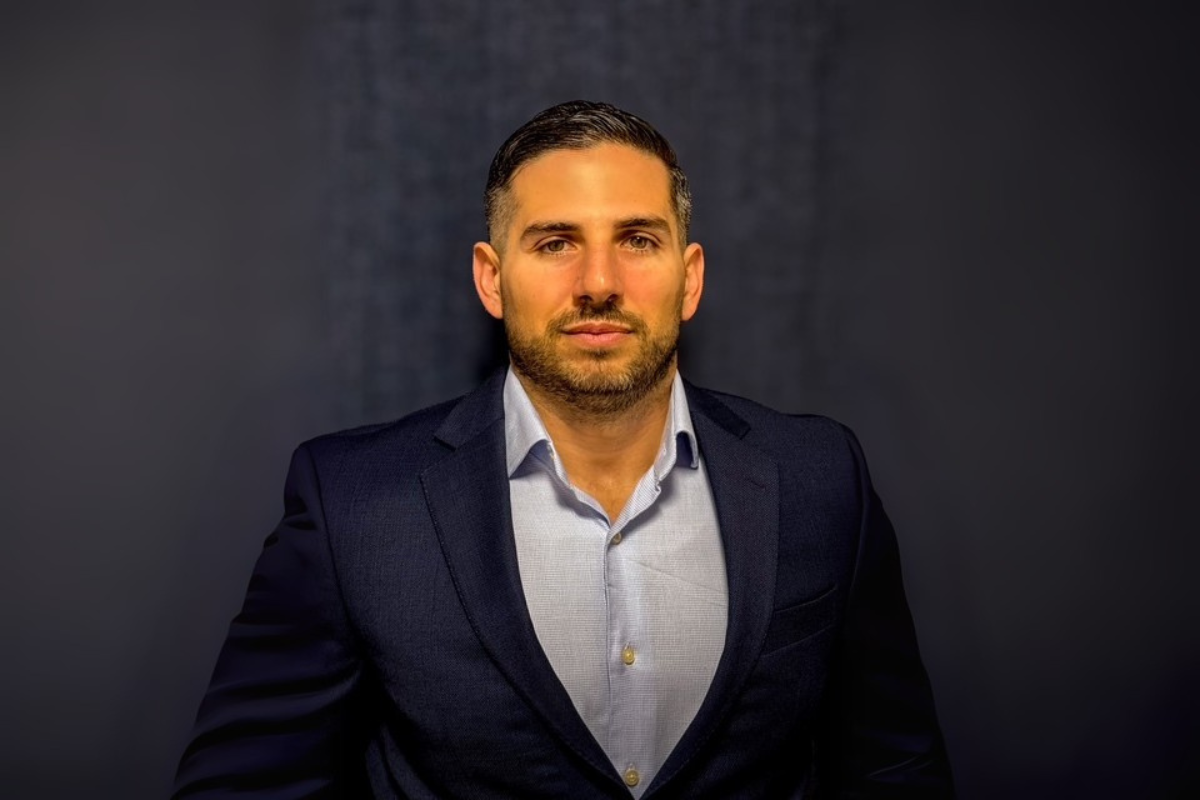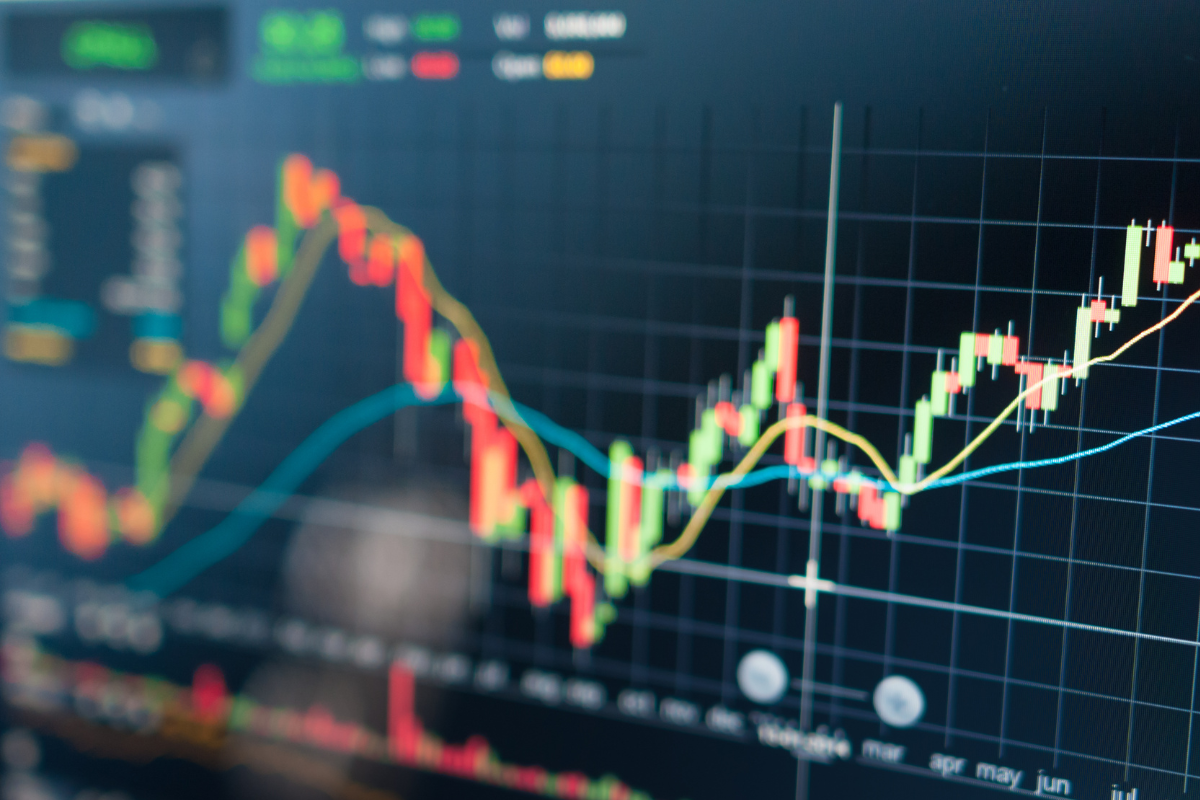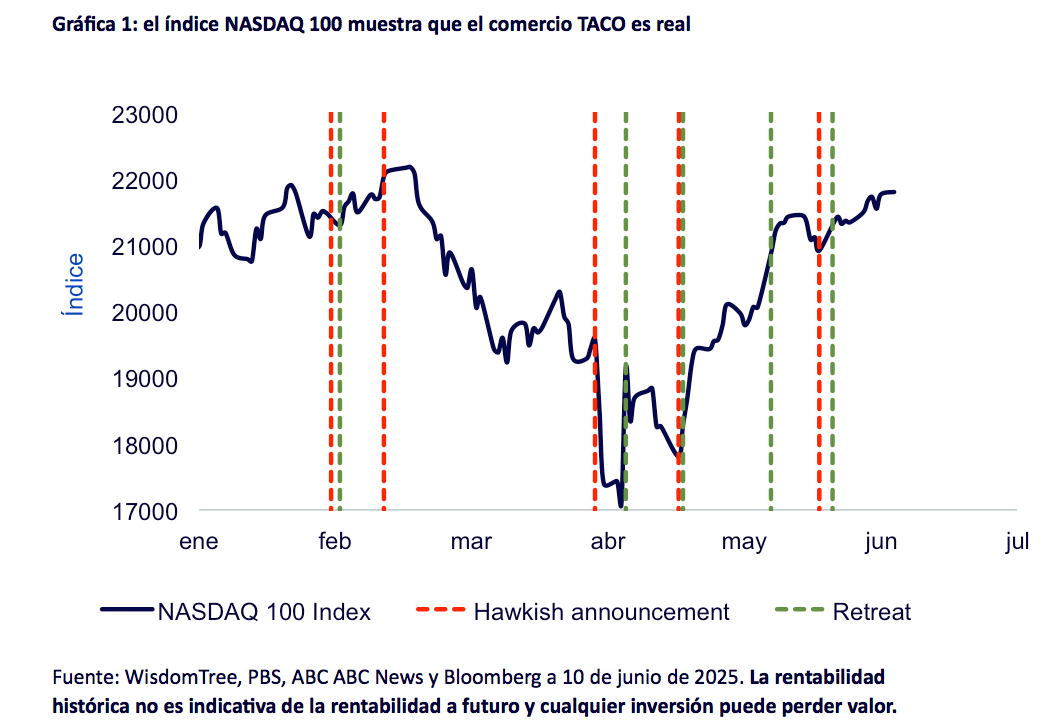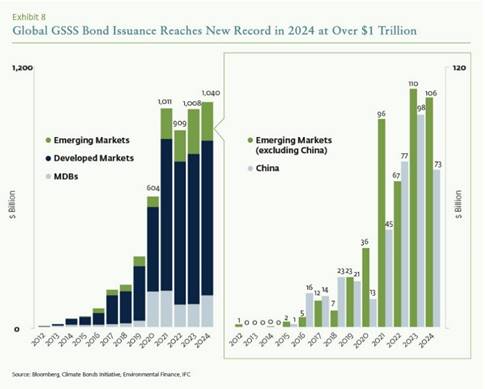“Organizations That Manage to Integrate AI With Purpose and Values Will Be the Ones to Lead This New Cycle Sustainably”
| By Amaya Uriarte | 0 Comentarios

The Integration of Artificial Intelligence Is a Reality Across Many Industries—Including Finance. Its use opens the door to streamlining numerous processes, but it also brings challenges, as Elena Alfaro, Head of Global AI Adoption at BBVA, explains in this interview. Among them: “managing the balance between the speed of innovation and the need to comply with a very strict regulatory environment,” or “managing perception: explaining that AI is not here to replace, but to enhance.” This also explains why, during implementation, they sometimes encounter uncertainty or caution, although Alfaro believes that “when people understand AI’s potential and see how it improves their work, they become its strongest advocates.”
The expert, who will take part in the Funds Society Leaders Summit to be held in Madrid next September 10, explains in this interview how BBVA understands AI (“as a lever for transformation to redesign how we work: it’s not just about doing the same things faster, but about changing the way we think, create, and collaborate”) and how they are implementing it in a cross-functional way: “Generative AI is just as useful for someone who needs to draft a complex note as it is for someone analyzing credit risk, helping prepare proposals for private banking clients, or generating investment ideas,” she notes.
But always with the principles of sustainability and ethics front and center: “AI cannot advance disconnected from the bank’s strategic commitments, and one of the most important is sustainability; furthermore, we work with an ethical approach from the design stage: we are concerned with how decisions are made, what data is used, how we ensure fairness, and how we explain the results to our clients,” she explains. Indeed, in the face of increasing automation, Alfaro defends the human role: “Our focus is on preparing people to coexist with AI and make the most of that collaboration.” In her view, “organizations that manage to integrate AI with purpose and values will be the ones to lead this new cycle sustainably.”
Don’t miss the full interview below.
AI adoption seems to be a must for organizations and institutions across many sectors. Why is it essential in the financial sector, and specifically at BBVA? How can AI—and generative AI in particular—help improve processes?
In the financial sector, the ability to anticipate, process large volumes of data and information, and personalize services is fundamental. AI, and particularly generative AI, allows us to transform complex and repetitive tasks into faster, more efficient, and more creative processes. At BBVA, we are using it as a lever for transformation to redesign how we work. It’s not just about doing the same things faster, but about changing the way we think, create, and collaborate. Generative AI helps our teams make better decisions, generate valuable content, automate processes and document generation, prepare meetings, and much more. We’ve seen how it can improve work quality, increase productivity, and free up time for higher-impact tasks. And through it all, we never lose sight of the fact that the heart of this change isn’t the technology—it’s the people.
Which areas of the bank have you prioritized for implementation? Is it equally useful for analyzing clients for credit approval, for example, or for helping manage investment portfolios (asset management), or to better connect with private banking clients?
From the outset, we committed to a cross-functional approach. This means that AI isn’t limited to technical or analytical areas—it’s reaching nearly all teams: from Talent and Finance to Commercial Banking, Asset Management, or Risk. We jointly prioritized areas where we saw the greatest opportunity for impact and scalability, always with a logic of supporting each area, listening to their needs and real use cases. In this sense, generative AI is just as useful for someone who needs to draft a complex note as for someone analyzing credit risk, helping prepare proposals for private banking clients, or generating investment ideas. Its ability to adapt to different contexts gives it enormous potential across all lines of business.
Particularly in asset management and private banking/advisory… how can AI help improve both process efficiency (portfolio management, risk reduction, systematic management, etc.) and client experience?
In these areas, AI can make a difference in two key fronts: operational efficiency and service personalization. On the one hand, it allows us to automate tasks such as drafting market reports, portfolio analysis, updating client content, or preparing meetings—freeing up time and reducing errors. On the other hand, it allows us to tailor the message and product to the client’s specific profile, which improves the experience and strengthens the trust relationship.
A concrete example: some teams are already using generative assistants to synthesize complex technical documentation and transform it into understandable, personalized communication for each client. This combination of speed, clarity, and relevance provides very powerful differential value in a field as competitive as wealth management.
Is your AI strategy aligned with the bank’s global objectives—for example, in terms of sustainability? And along these lines: do you advocate for ethical AI use, and what does that mean in your case (eliminating bias, transparency, etc.)?
AI cannot advance disconnected from the bank’s strategic commitments, and one of the most important is sustainability. We are already applying AI models to analyze our own carbon footprint and that of our clients, support sustainable investment decisions, or improve the energy efficiency of our operations.
But we also work with an ethical-by-design approach: we are concerned with how decisions are made, what data is used, how we ensure fairness, and how we explain the results to our clients. This translates into governance frameworks that ensure auditability, bias elimination, and transparency—of course aligned with regulation but aiming to go beyond it. It’s not just about regulatory compliance: client trust in intelligent systems is key to making this technology sustainable in the long term.
What have been the main challenges in implementing AI in an organization as regulated as a bank? And in this sense, what risks do you see in its deployment (staff reduction, operational risks…)?
One of the biggest challenges is managing the balance between the speed of innovation and the need to comply with a very strict regulatory environment. Unlike other industries, in banking everything must be perfectly controlled and documented, which complicates the rollout of new tools unless there’s a clear governance strategy. Another major challenge has been managing perception: explaining that AI is not here to replace, but to enhance. Of course, there are associated risks, such as misuse of models, technological dependency, or potential impacts on certain roles. That’s why we focus on responsible adoption, accompanied by training, controls, and a transformation of roles that ensures human talent remains the main driver.
Are you developing AI tools internally or with external providers? Are there risks in the latter? How do you ensure the quality and governance of the data feeding your models, and data security and protection?
We are adopting a hybrid model. On the one hand, we collaborate with technology leaders such as OpenAI or Google to offer our employees the best tools available on the market. On the other hand, we develop specialized internal assistants tailored to our needs, under a very demanding security and privacy framework.
The key is governance: we have a centralized model that sets standards for quality, data use, security, and version control. This allows us to scale confidently and with traceability, without jeopardizing the bank’s standards. We also work closely with areas such as Non-Financial Risks, Legal, and Cybersecurity to ensure every new development aligns with our values and current regulations.
Is there any resistance—internal or external—to AI implementation in organizations, and specifically in yours?
Rather than explicit resistance, what we’ve encountered is uncertainty or caution, especially in the early stages. That’s natural—we’re talking about a very new technology that changes the way we work and may raise concerns about its medium-term impact. That’s why, from the start, we committed to a clear communication strategy, continuous training, and close support. We’ve created internal communities, trained thousands of employees, and built spaces for experimentation. What we’ve seen is that, when people understand the potential of AI and see how it improves their work, they become its strongest advocates. The key is building trust, listening closely, and showing that the change is not imposed, but co-created.
What AI trends will have the most impact on banks in the coming years? And what do you think the human role will be in this revolution—how will AI and human talent coexist?
We see a clear evolution toward increasingly autonomous agents that will be able to carry out tasks proactively, connecting data, tools, and decisions in a single flow. This will radically change operational models. It will also be key to integrate AI with internal data to deliver truly intelligent, personalized, and contextual solutions. But in the face of increasing automation, the human role will be more important than ever: supervising, giving meaning, contextualizing, providing empathy. Rather than replace, AI forces a redefinition of the skills required. Professionals who know how to collaborate with these tools will have a very high differential value. Our focus is on preparing people to coexist with AI and make the most of that collaboration.
To conclude, and as a final reflection, we’d like your broad vision on the opportunities and risks of AI—its implementation across society and industries, and the challenges it may present.
AI is probably the most transformational technology of the coming decades. It can help democratize knowledge, improve global productivity, accelerate scientific innovation, and personalize essential services like health and education… But it also carries significant risks: poor implementation could increase inequality, generate technological dependency, eliminate jobs without alternatives, or reinforce invisible biases. That’s why it’s essential to move forward with ambition—but also with humility. It’s not just about innovating faster, but about innovating better. Regulation, ethics, inclusion, and transparency must be at the center. Organizations that manage to integrate AI with purpose and values will be the ones to lead this new cycle sustainably.


